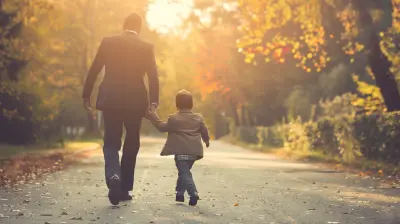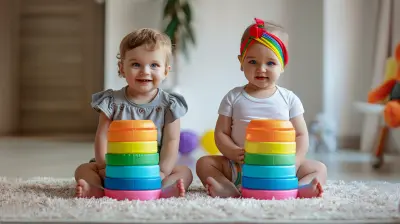Culture and Potty Training: Approaches from Around the World
29 July 2025
Potty training—one of the biggest milestones (and let’s be honest, challenges) in a toddler's life. If you're in the midst of it, you’ve probably heard all sorts of advice: start early, wait until they’re ready, use rewards, go diaper-free—the list goes on. But have you ever wondered how potty training happens in other parts of the world?
Believe it or not, potty training looks vastly different depending on where you are. Some cultures start early, some rely on natural cues, and others use community-based approaches. Let’s take a trip around the world and peek into different potty training philosophies. Maybe you’ll find one that works for your little one! 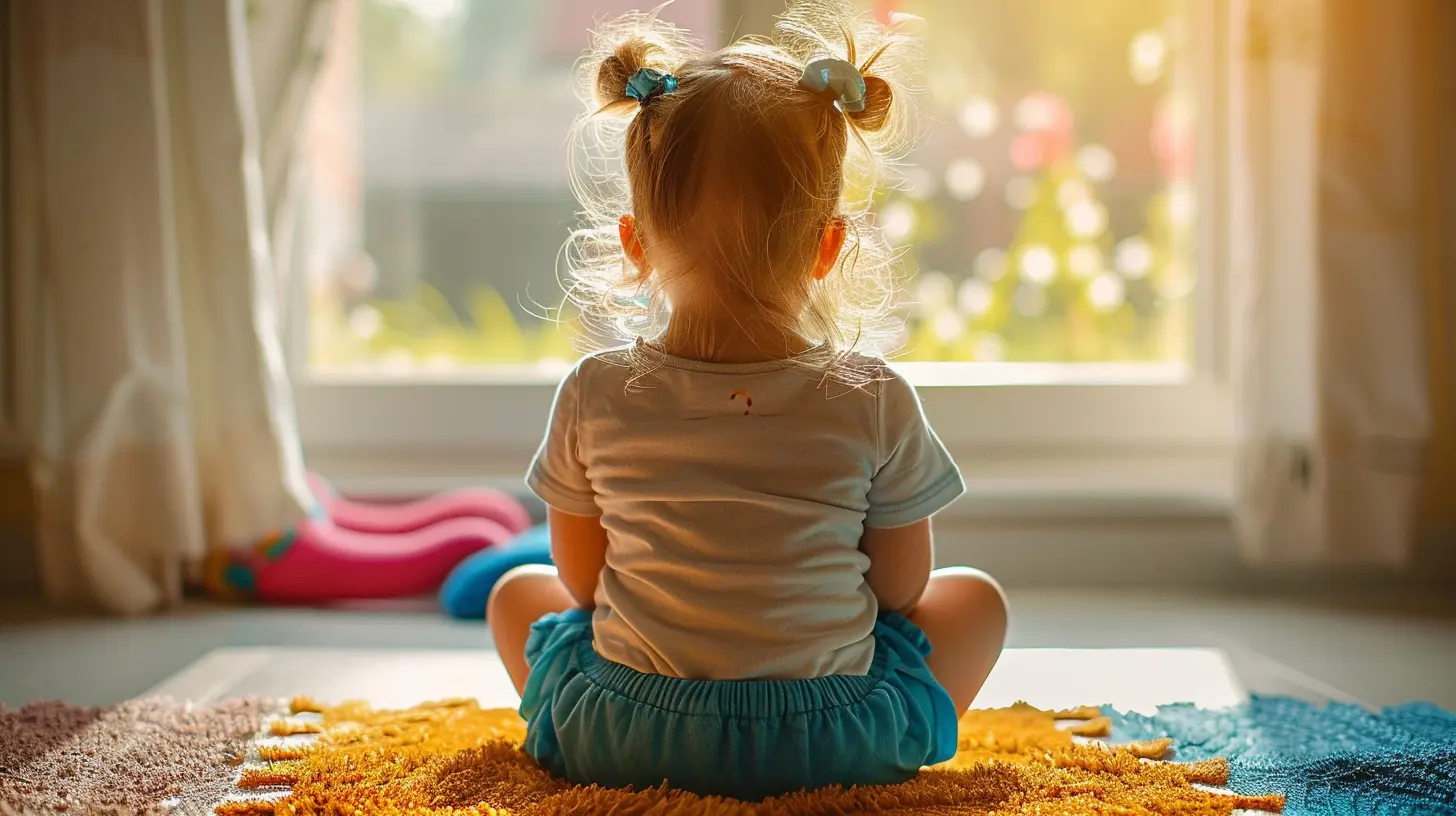
The Western Approach: Wait Until They're Ready
In countries like the U.S., Canada, and the U.K., the most common advice is to wait for a child to show "readiness signs" before diving into potty training. Pediatricians generally suggest starting between 18 months and 3 years old.Key Aspects of Western Potty Training:
✔️ Child-Led Training: Parents watch for cues like staying dry for longer periods, showing interest in the toilet, or communicating their need to go.✔️ Rewards & Encouragement: Many use sticker charts, praise, or small treats to motivate kids.
✔️ Training Pants & Potties: Pull-ups or small training potties ease the transition from diapers to regular toilets.
While this approach emphasizes patience, some argue that waiting too long can make it harder for children to break diaper dependency. 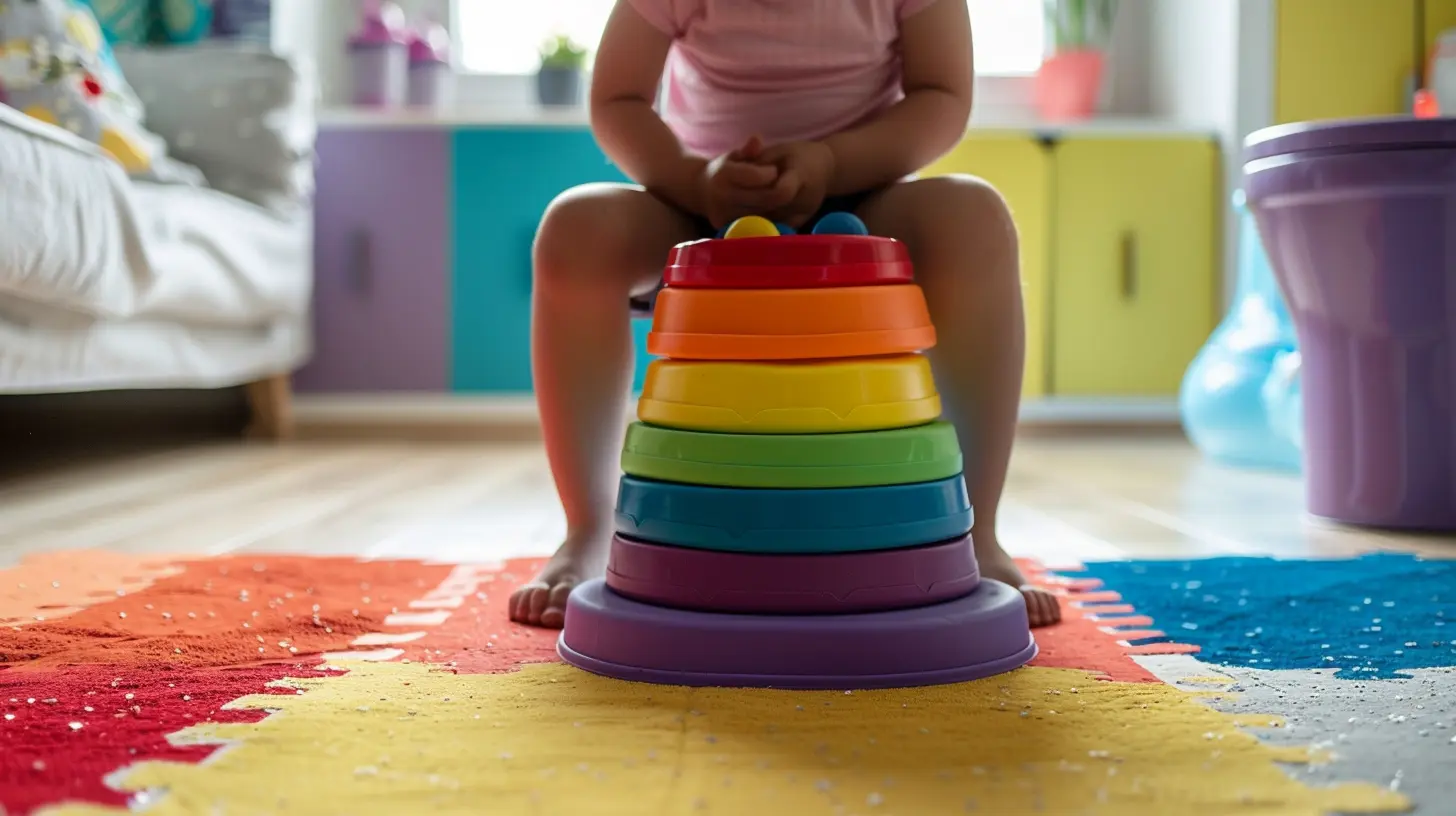
China: The No-Diaper Philosophy
Picture this: A toddler running around in split-crotch pants, completely diaper-free. That's the norm for many kids in China.How It Works:
👶 Elimination Communication (EC): Chinese parents use cues like grunts or facial expressions to understand when a baby needs to go.⏳ Early Start: Babies as young as a few months old are held over a potty or outdoors.
📢 Whistling Cues: Parents often use a whistle or a "shhh" sound to signal potty time. Eventually, the child associates the sound with relieving themselves.
This method relies on constant observation and responsiveness. While it requires effort on the parents' part, many Chinese toddlers are potty trained well before their Western counterparts. 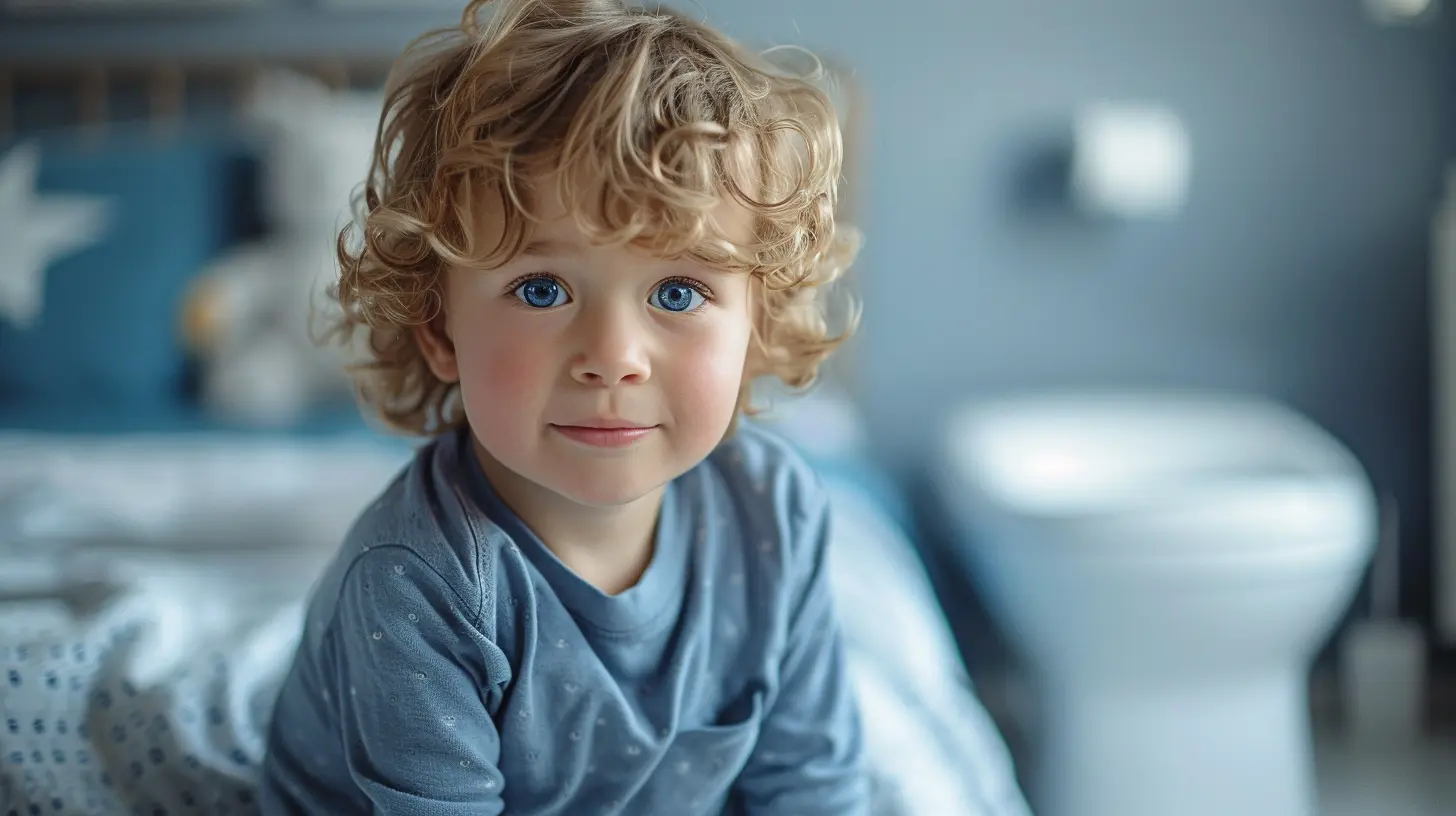
India: The Traditional Method
In rural India, disposable diapers are rarely used. Instead, potty training starts early with a method similar to Elimination Communication.The Indian Approach:
🚼 Diaper-Free from Birth: Babies are held over a toilet, the ground, or even a designated spot in the house when they show signs of needing to go.👀 Family Involvement: Grandparents, parents, and other caregivers all participate in the process.
💧 Routine-Based Training: Some families put babies on a potty at regular intervals, like after meals or naps, to build a habit.
This method emphasizes awareness and responsiveness, but in urban areas, where diaper use is more common, parents often blend modern and traditional methods. 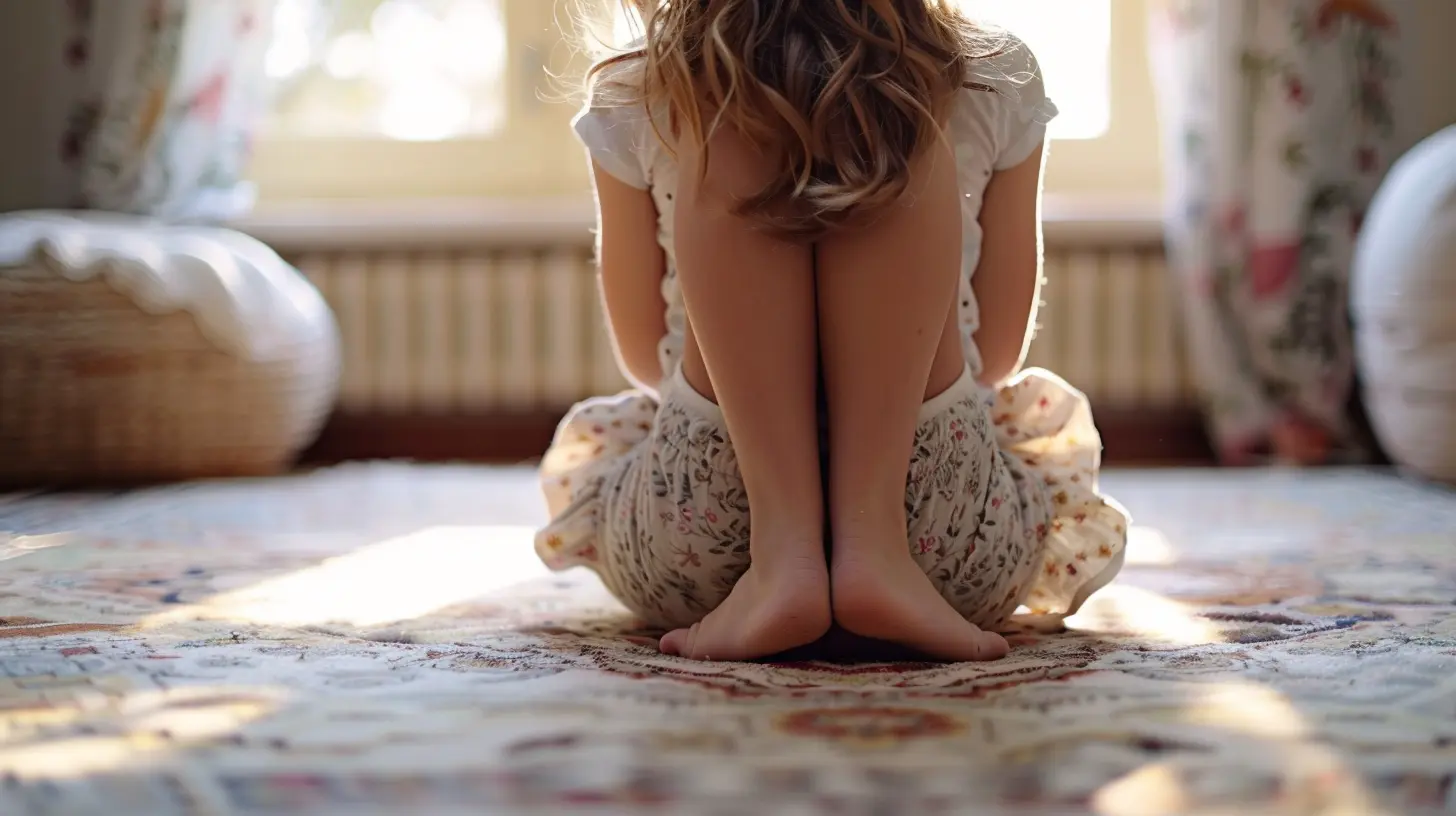
Scandinavia: Let Them Run Free
In countries like Sweden, Norway, and Denmark, an ultra-relaxed potty training approach is the norm.🌱 Child Autonomy: Potty training is child-led, and there’s little pressure to train by a certain age.
🚽 Minimal Stress: Parents embrace the idea that “they’ll figure it out when they’re ready.”
🌿 Outdoor Time: In some areas, toddlers are encouraged to go outside when they need to relieve themselves, reinforcing natural potty awareness.
The Scandinavian philosophy aligns with their overall parenting style—gentle guidance, independence, and a trust in natural development.
Japan: Gradual and Encouraging
Japanese potty training is all about patience and consistency. Unlike Western reward-based systems, parents here use subtle encouragement.🕰️ Slow and Steady: Potty training starts around 18 months but progresses gradually, often taking months or even years.
👨👩👧 Daycare Influence: Many preschools help train children, making it a shared responsibility.
🎵 Songs & Fun: Japanese parents often use songs and gentle reminders, making potty time a positive experience.
Since Japanese culture prioritizes group harmony, there’s less pressure on individual timelines—kids are expected to transition when they’re truly ready.
African Cultures: Community & Observation
Many African communities take a hands-on, diaper-free approach to potty training.🌍 Constant Supervision: Mothers or caregivers closely watch for signs a baby needs to go.
💨 Speedy Training: With no diapers, children quickly associate the feeling of needing to go with an immediate response.
🏡 Community Involvement: In some cultures, it's not just the mother—grandparents, older siblings, or even neighbors help guide the child.
Since diaper use is often minimal or nonexistent, babies in many African cultures are potty trained much earlier than in Western nations.
Latin America: Routine-Based Training
In many Latin American countries, potty training follows a predictable schedule.⏰ Timed Potty Training: Parents place children on the potty at specific times, like after meals or just before sleep.
👨👩👧 Multi-Generational Involvement: Grandparents are often deeply involved in the process, sharing traditional methods.
👍 Positive Reinforcement: Praise and gentle encouragement play a key role.
This structured approach helps reinforce habits early on, preventing long-term diaper dependence.
So, Which Approach is the Best?
There’s no one-size-fits-all method when it comes to potty training. Every culture has developed techniques based on lifestyle, traditions, and convenience. What works in one place might not be practical in another!If you’re feeling stuck, here are a few takeaways from around the world that you can try:
✔️ Observe Your Child’s Natural Cues - Whether it’s an elimination communication method or a more relaxed approach, being in tune with your child helps immensely.
✔️ Routine Can Be a Game-Changer - Many cultures rely on scheduled potty times. This creates consistency and aids in faster training.
✔️ Don’t Overcomplicate It - Scandinavian parents trust that kids will learn when they’re ready. If your child isn’t responding to potty training, maybe they just need more time.
✔️ Make It Fun - Whether it’s through songs (like in Japan) or rewards (like in the U.S.), turning potty training into a positive experience can make a huge difference.
✔️ Involve Others - In many cultures, potty training isn’t just the parents’ job. Grandparents, daycare providers, and even siblings can lend a hand.
At the end of the day, potty training is a journey. Some kids master it in a few weeks, while others take months (or even longer). There's no universal "right way"—only what works best for your child and family.
So, whether you're trying a structured approach, going diaper-free, or waiting until your toddler gives you the green light, just remember: this potty-training phase won’t last forever. And one day, you'll laugh about all those tiny potties, toilet dances, and accidental puddles. Hang in there!
all images in this post were generated using AI tools
Category:
Potty TrainingAuthor:

Max Shaffer
Discussion
rate this article
2 comments
Gemma Curry
This article offers valuable insights into diverse potty training methods across cultures, highlighting the importance of understanding different practices. Embracing these approaches can enhance our parenting toolkit and foster a supportive environment.
November 25, 2025 at 6:01 PM
Troy Luna
Who knew potty training could be a world tour? From cheerleading in Japan to the laid-back vibes of Brazil, it’s a wild ride! Grab your passport and a few wipes—this global adventure is about to get messy!
August 9, 2025 at 5:05 AM

Max Shaffer
Absolutely! Potty training reflects diverse cultural practices and can be quite the adventure. Thanks for joining the journey!
